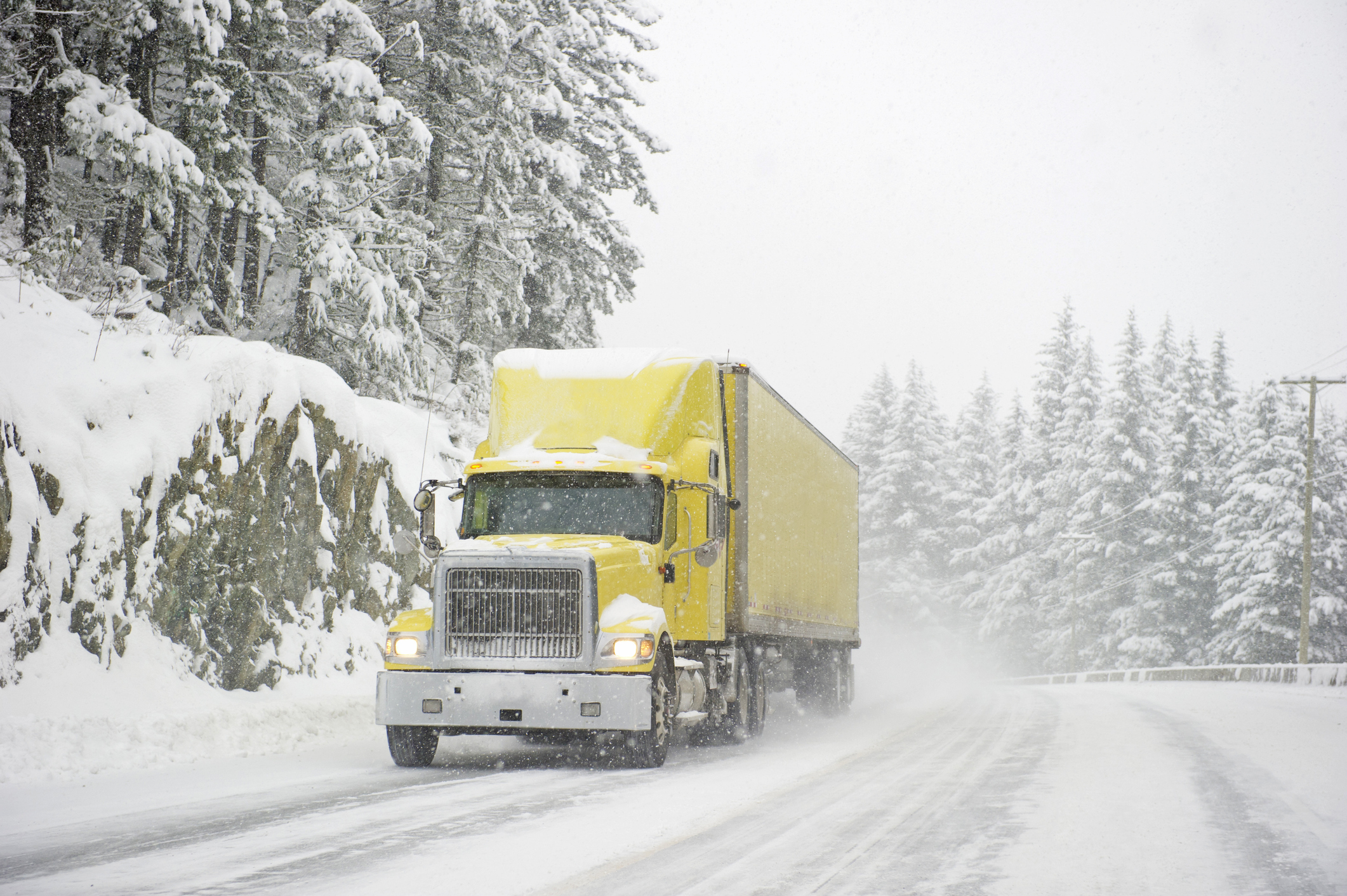Winter weather can be unpredictable and create hazardous conditions on the road. For your drivers, these conditions make their job much more dangerous. In particular, winter driving can be especially challenging for truck and other oversized vehicle drivers where sudden, sharp movements can cause drivers to lose control.
In order to prevent accidents when driving in winter weather, employees should be instructed to:
- Drive slowly. In general, drivers should reduce their speed by one-third on wet roads and by one-half or more on snow-packed roads.
- Drive smoothly. Avoid hard acceleration and braking, which can decrease traction.
- Be extra cautious when driving with a loaded trailer. Loaded trailers have a higher center of gravity, and sudden speed adjustment may cause the load to shift, leading to skidding or a rollover.
- Reduce speed and be cautious on exit and entrance ramps. They may be icier than the roadway and sudden turns can cause your truck to jackknife.
- Leave a greater following distance and gear down when stopping. In general, drivers should double their following distances. In ideal conditions, the average stopping distance for a loaded tractor-trailer traveling at 55 mph is 196 feet.
- Pull over occasionally. Wipe off headlights, stoplights and taillights during heavy storms with low visibility.
- Beware of low underpasses in the winter. Ice or packed snow accumulated on the road could increase the vehicle’s clearance height.
Driving safely in winter requires concentration and precision. Be sure to train employees on winter driving safety, coaching them on what to do if they have to operate a commercial motor vehicle in adverse weather.








